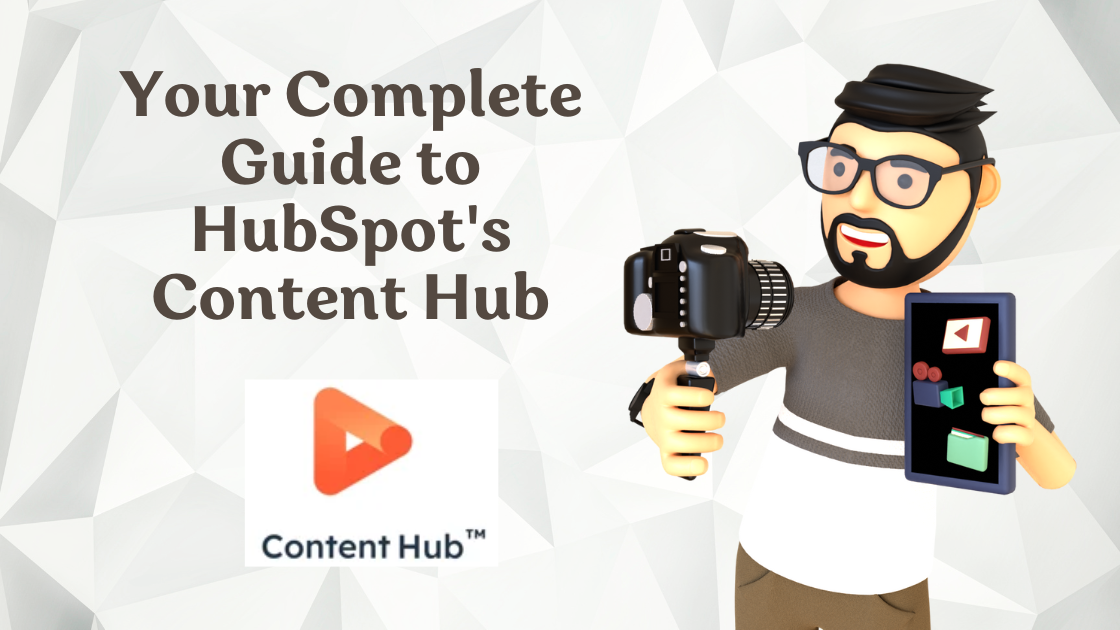-
MarTech Services
- HubSpot
- OneSignal
HubSpot
Technical Consulting
Partner with experts who understand your HubSpot systems and business needs inside out.
Revenue Operations
Drive revenue growth with tailored RevOps strategies designed for HubSpot users.
Hubspot Integration Services
Seamlessly integrate HubSpot with your existing tools to enhance operational efficiency.
Sales Enablement
Boost your sales team’s efficiency with focused HubSpot Sales Enablement solutions.
CRM Data Migration
Effortlessly migrate your CRM data to HubSpot with precision and support.
Hubspot Onboarding
Efficiently onboard clients to HubSpot, ensuring a smooth transition and rapid platform adoption.
HubSpot Administration
Maximize your HubSpot investment with expert management and optimisation tailored for HubSpot clients.
Marketing Assets Development
Develop, deploy, and manage digital assets, ensuring a fresh and engaging presence.
-
Solutions
-
Website Services
Website Development
We bring together expertise, creativity, and measurable results, making us the go-to choice for HubSpot website creation.
Website Migration
Our approach to website migration goes beyond a technical transfer; we prioritize a user-centric experience.
Website Maintenance
Optimize your online presence with effective, growth-driven websites focusing on nurturing website visitors, creating and deploying content, and tracking progress with precision.
Website Audit
Is your website performing at its peak? Our CMS Consultants are here to help you find out with our comprehensive Website Audit service.
-
Resources
-
Company
Clients
We have worked with clients from various industries across the globe, making our journey diverse and exciting.
Team
We put decades of experience where our mouth is. So what you get is market-tested and tried, not theory. We believe in plain speak, which we believe works better than jargon.
Solutions Partner
BlueOshan is not just a partner; we are among the most experienced and adept in the HubSpot ecosystem.
- Contact Us
Your Making Your Content AEO and GEO Ready with HubSpot

Asphia Khan
November 5, 2025

Marketers like us grew up chasing keywords, backlinks, and meta descriptions. But 2025 changed the rules. Search is no longer typed — it’s asked.
People are talking to Google Gemini, asking ChatGPT, or relying on AI Overviews instead of scrolling through ten blue links. That’s where AEO (Answer Engine Optimisation) and GEO (Generative Engine Optimisation) come in.
And the good news? HubSpot’s Content Hub is already quietly built for both.
What AEO and GEO Actually Mean
AEO stands for Answer Engine Optimisation. It’s the practice of structuring your content so that AI assistants and search overviews can quote you directly as the answer.
Instead of competing for traditional rankings, AEO helps your content appear in voice searches, featured snippets, and AI Overview panels.
GEO, or Generative Engine Optimisation, goes a step further. It ensures that your brand’s content is cited by generative AI tools such as ChatGPT, Perplexity, or Gemini whenever they answer a user’s query.
While SEO focuses on ranking, AEO and GEO focus on recognition — being the trusted, cited source inside conversational and generative search results.
Why HubSpot’s Content Hub Is AEO and GEO Ready by Design
HubSpot didn’t build Content Hub as just another CMS. It was designed from the ground up as a marketing engine that machines can understand — one that is naturally optimised for both AEO and GEO.
How HubSpot Supports AEO
HubSpot’s code output follows a clean semantic structure, with well-ordered HTML and header hierarchies (from H1 to H3), which makes it easier for AI models to parse and interpret.
Its built-in FAQ and schema markup tools let you add structured data to pages without external plugins, helping search engines and AI assistants identify your content’s intent.
The SEO Assistant goes beyond keyword suggestions — it helps you phrase titles and headings in a question-and-answer format, ideal for answer-engine visibility. HubSpot’s Topic Clusters automatically link pillar pages with related blogs or sub-content, strengthening contextual authority.
And with Content Staging & Testing, you can measure how different structures perform inside AI Overviews and featured answers before publishing widely.
How HubSpot Supports GEO
Generative Engine Optimisation is about helping AI understand not just what you say, but who you are.
HubSpot achieves this through its unified Content + CRM data model, which provides rich audience context to AI tools. By feeding consistent signals — industry, persona, and topic relevance — your brand becomes more discoverable in generative summaries.
HubSpot also automates many GEO-critical elements: auto-generated sitemaps and meta feeds ensure faster crawling by AI engines; smart internal linking connects semantically related pages using natural anchor text; and AI Content Remixing lets you repurpose one article into social posts, newsletters, or videos, strengthening your cross-engine presence.
Finally, Content Performance Insights track which assets are being referenced most often in AI answers, helping you double down on what works.
How to Structure AEO and GEO Content in HubSpot
Creating AEO- and GEO-ready content inside HubSpot follows a clear, repeatable process.
Step 1: Start with Questions.
Write content the way people ask questions. Instead of focusing only on keywords, begin sections with natural queries like “What is [topic]?”, “Why does it matter for [role]?”, or “How does it work in HubSpot?”. This helps both AI assistants and users instantly understand your intent.
Step 2: Use Topic Clusters and Pillar Pages.
Leverage HubSpot’s SEO tool to build clear relationships between pillar articles and sub-topics — for example, linking “HubSpot AI for Marketers” with “Using HubSpot AI for Email Personalisation.” This interlinking signals topical depth and relevance to AI models.
Step 3: Enable Schema Markups.
In your Content Settings under Advanced Options, activate HubSpot’s FAQ Schema or Article Schema features. Structured data is what AI tools depend on when deciding which pages to cite as authoritative answers.
Step 4: Optimise for Voice and Chat.
Use natural, conversational language. Write like you’re answering someone directly. You can even test your drafts inside ChatGPT or preview them through Google’s AI Overview to check if your response surfaces automatically.
Step 5: Measure and Iterate.
Once live, track performance through HubSpot Analytics. Dashboards such as Traffic Analytics and Attribution Reports reveal how each page performs not only in traditional search but also across AI Overviews, social platforms, and referral channels. Over time, this helps you refine structure, schema, and tone to stay visible inside AI search results.
The HubSpot Advantage for AI-Ready Marketing
HubSpot’s Content Hub offers marketers a unique advantage because every component is interlinked. The AI Content Assistant helps you rewrite and summarise posts in a natural Q&A style.
The SEO Recommendations Tool automatically detects missing schema, keyword gaps, or technical issues that may block AI visibility.
Meanwhile, Content Remixing extends your reach by turning one strong blog into multiple content forms — social, email, or video — amplifying recognition across channels.
By integrating with HubSpot CRM, your content also inherits contextual data about industries, personas, and lifecycle stages.
AI engines prefer this kind of structured background because it helps them match answers to intent. And finally, Topic Cluster visualisations in the SEO dashboard let you see how all your pages connect — a map of your thought leadership as seen by both search crawlers and AI models.
From Ranking to Responding
The internet used to reward content that ranked. Now it rewards content that responds. HubSpot’s Content Hub bridges that gap by turning your marketing assets into structured, semantic, AI-ready knowledge.
AEO and GEO are the new SEO for AI. And HubSpot is the first platform that lets you build, test, and measure both natively — without needing external plugins or technical juggling. So the next time someone asks ChatGPT or Gemini about your industry, don’t just hope to rank. Make sure you’re the answer.
As we enter the era of AI-first discovery, AEO and GEO are no longer optional checkboxes — they are your visibility lifeline. HubSpot gives marketers the infrastructure to structure, connect, and refresh their content ecosystem effortlessly.
The brands that adapt now will not only stay seen in search but will also be heard in every AI conversation.

Related Articles

April 17, 2024

October 10, 2024

